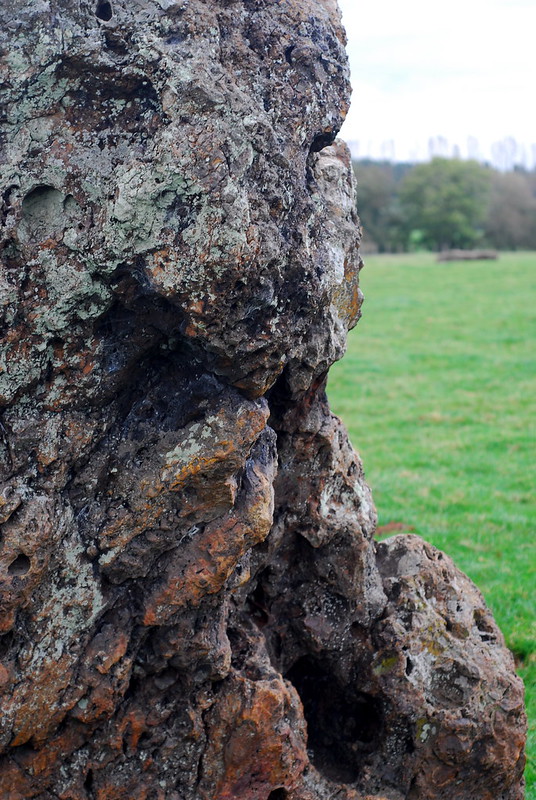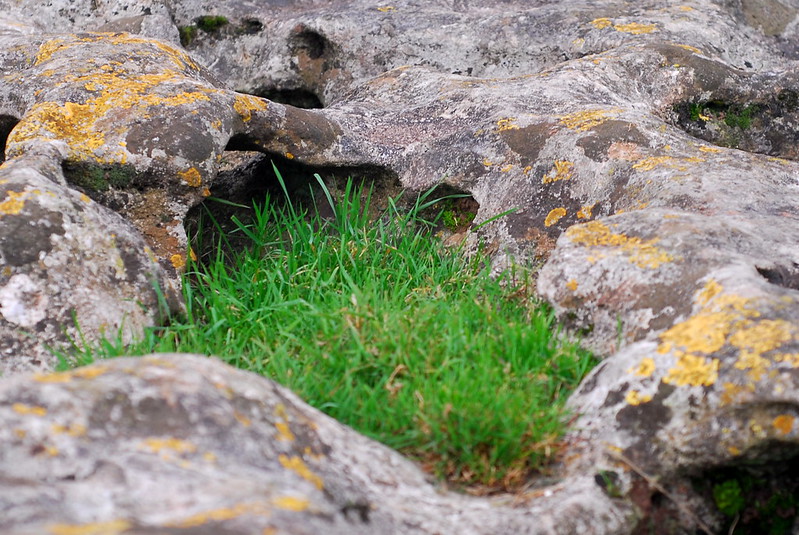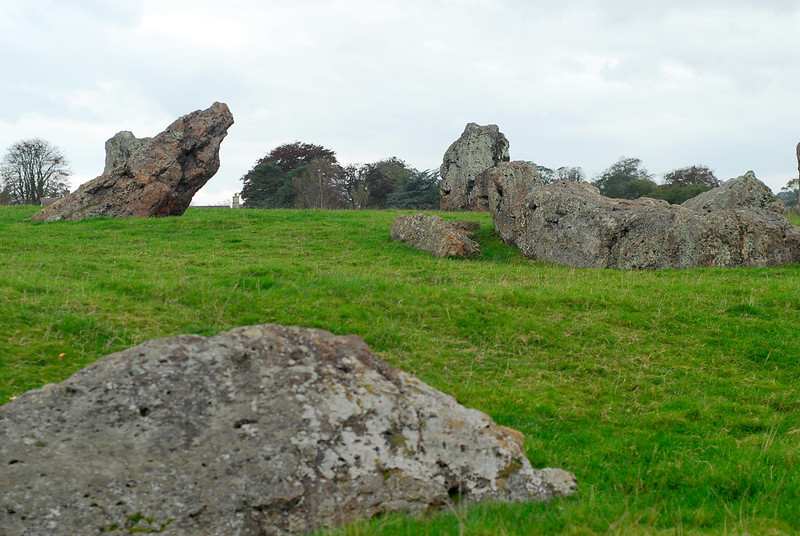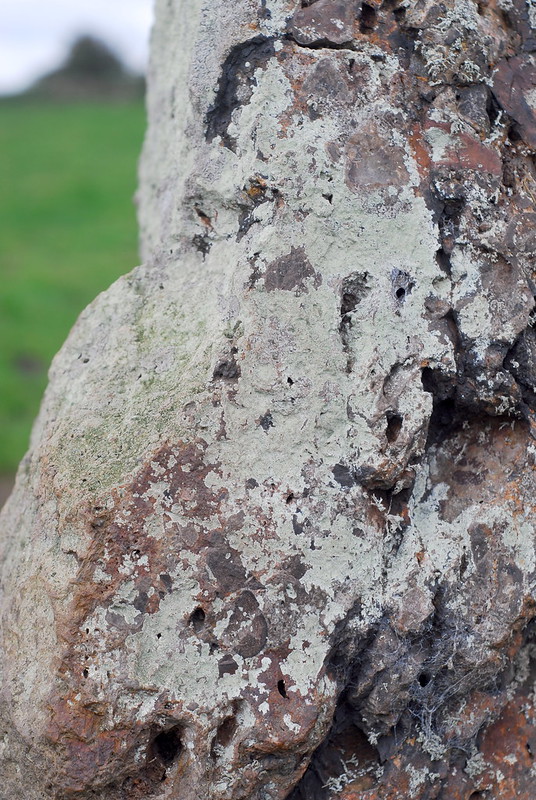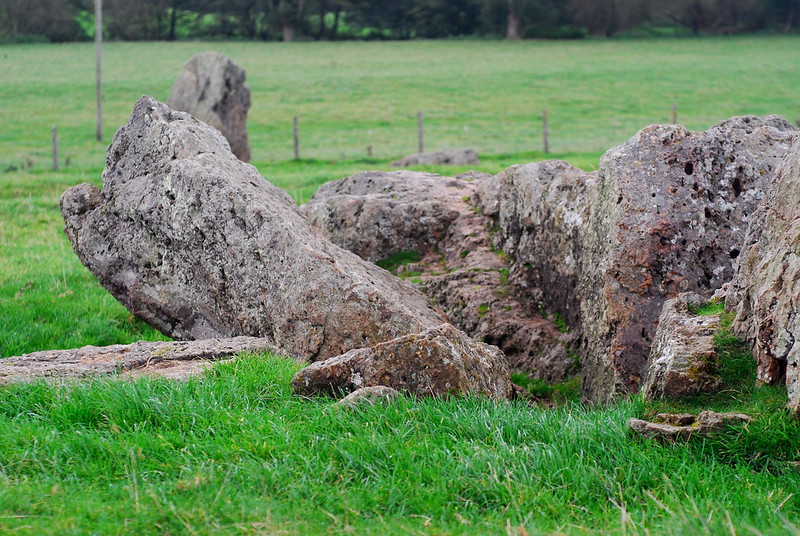Calling Dr Jones (part two)
In which we discuss lost relics once more
Time to return to Tudor Parfitt‘s documentary The Quest For The Lost Ark, which I started to discuss last week. A brief recap: Prof. Parfitt has discovered, in a museum in Harare, a 14th-century southern African war drum whose descent can, arguably, be traced back to the Biblical Ark of the Covenant, as described in Raiders Of The Lost Ark Exodus:
“Have them make a chest of acacia-wood: two and a half cubits long, a cubit and a half wide, and a cubit and a half high. Overlay it with pure gold, both inside and out, and make a gold moulding around it. Cast four gold rings for it and fasten them to its four feet, with two rings on one side and two rings on the other. Then make poles of acacia wood and overlay them with gold. Insert the poles into the rings on the sides of the chest to carry it. The poles are to remain in the rings of this ark; they are not to be removed. Then put in the ark the Testimony, which I will give you.
If you remember the film: the prop-makers on Raiders Of The Lost Ark followed this description pretty much spot-on. Tudor Parfitt, though, has another theory. As the Ark’s descendant is a drum, the original Ark must have been a drum also.
There are, though, a couple of glaring problems with this. Apart from one verse in the Quran which is pretty consistent, the evidence we have for the Ark’s original existence comes from the Bible; from the Old Testament and related books. In all those Biblical references, it’s described in the same way, as a chest. That’s very clear. For Professor Parfitt’s theory to be correct, then we have to assume that although the ark existed according to our sources, all those sources are wrong about what it essentially was. It’s like saying “I believe the Battle of Agincourt happened just like it says in the chronicles – only it wasn’t a battle. And it was somewhere else.”
Furthermore, it makes good archaeological sense that the chest the Israelites built was indeed a chest. If you follow the description of the Ark in the Bible, it’s a chest, about a metre long, designed to be carried on poles. According to the Bible, it was built just after the Israelites had left their Egyptian bondage; and the Egyptians used very similar chests in their own religious rites. They had portable shrines, chests borne on poles just like the Ark, used to carry iconic statues in religious procession – just as the Ark was carried in procession in front of the Israelites. Indeed, Parfitt’s documentary covered all this, and pointed out that the description of the Ark quoted above is pretty close to a description of an Egyptian portable shrine. He didn’t believe in it, though, because it’s a very ornate object to be built by people wandering about in the desert.
In Deuteronomy there’s a different description of the building of the Ark:
At that time YHWH said to me, “Chisel out two stone tablets like the first ones and come up to me on the mountain. Also make a wooden chest. I will write on the tablets the words that were on the first tablets, which you broke. Then you are to put them in the chest.” So I made the ark out of acacia wood and chiseled out two stone tablets like the first ones, and I went up on the mountain with the two tablets in my hands.
None of the ornate decoration, just a wooden box. A box, note. This passage has led some people to believe that there might have been two arks, an ornate one in the Temple and a practical one for use in war; but equally, it could be that the Israelites built a simple chest first and decorated it later.* In any case, it’s still most definitely a box, not a drum.
In order to argue that the Biblical Ark of the Covenant was a war-drum, as Tudor Parfitt thinks, you have to argue that the Biblical Ark of the Covenant didn’t exist at all; and that the Israelites had some other holy object which they carried in front of them, some holy object for which there is no evidence at all. On the other hand, if you’re willing to embrace a more sophisticated model of archaeology and culture than Professor Parfitt apparently is, it’s quite possible that there is a 14th-century AD African war drum which is, in some way, a descendant of a 14th-century BCE** Israelite reliquary. A lot can change in 2,800 years, after all. In the final part of these posts, we’ll talk about cultural change, the archaeology of Yorkshire, and why a holy chest might well become a holy drum over time.
*Part Three of this post follows, here, even though I haven’t got around to the Yorkshire bit yet* »
* Or, this could be a brief summary of the previous chapter which didn’t need to delve into the full specification.
** That date’s based on Moses’ traditional Jewish birth date, in 1391 BCE

 Home
Home